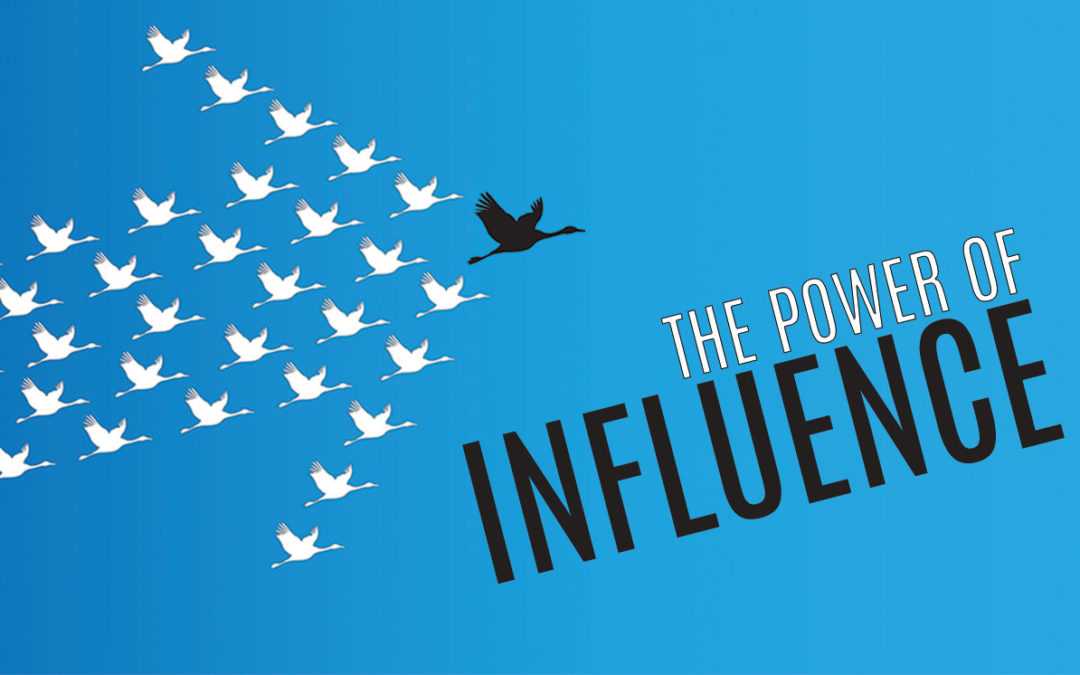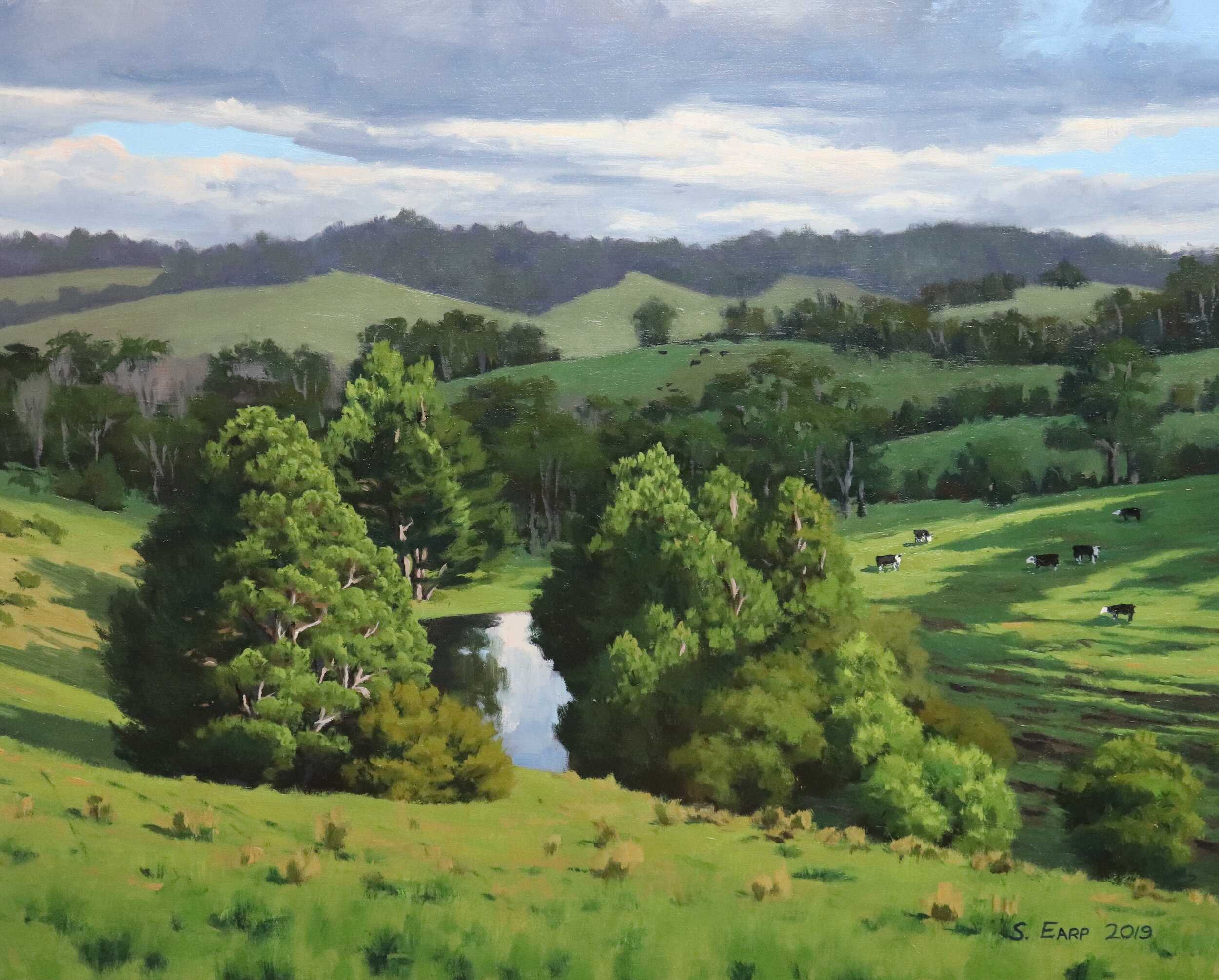Table of Contents
- Exploring the Beauty of Nature Through Landscape Paintings
- Techniques and Styles that Define Landscape Art
- The Influence of Light and Color in Landscape Composition
- Choosing the Right Landscape Painting for Your Space
- Q&A
- Wrapping Up
Exploring the Beauty of Nature Through Landscape Paintings
Landscape paintings have long served as a window into the beauty of the natural world, capturing the essence of serene vistas, vibrant colors, and shifting light. These works of art invite viewers to escape into expansive fields, majestic mountains, and tranquil waterscapes, fostering a deep appreciation for the environment. Artists often use a myriad of techniques to depict the richness of outdoor scenes, from *impressionistic strokes* that convey movement to *realistic details* that enhance the depth and vibrancy of each composition.
Among the various styles, impressionism stands out for its ability to portray fleeting moments that resonate strongly with our emotions. Renowned artists like Claude Monet showcased this movement through their masterpieces, where the interplay of light and color enhances the *mood and atmosphere* of landscape views. For many, viewing such artworks can evoke feelings of peace and nostalgia, reminding us of moments spent in nature’s embrace.
In contrast, the romantic style went beyond mere representation to convey the power and majesty of nature. Artists such as J.M.W. Turner depicted dramatic skies and turbulent waters as a way to express the sublime, creating landscapes that evoke awe and contemplation. Through this lens, landscapes become not just places but profound narratives illustrating humanity’s relationship with the natural world.
| Style | Characteristics | Notable Artists |
|---|---|---|
| Impressionism |
|
Claude Monet, Pierre-Auguste Renoir |
| Romanticism |
|
J.M.W. Turner, Caspar David Friedrich |
As we explore the beauty reflected in these paintings, we gain insights not only into artistic styles but also into a deeper connection with our surroundings. Every brushstroke tells a story, weaving the artist’s perception of nature with our own experiences. Each landscape painting is an invitation to pause, reflect, and appreciate the diverse and breathtaking forms that nature presents, reminding us of the importance of preserving the world we inhabit.


Techniques and Styles that Define Landscape Art
Landscape art captivates us through its diverse techniques and styles, each contributing to the overall perception of nature captured on canvas. Traditional methods such as oil painting enable artists to create stunning details with rich textures and vivid colors. Artists often choose watercolor techniques for their ability to produce soft, flowing landscapes that evoke tranquility. The interplay of light and shadow in these mediums can create depth, inviting viewers to step into a serene natural setting.
Moreover, contemporary styles have emerged that push the boundaries of traditional landscape representation. Abstract landscape art relies on colors, shapes, and forms rather than detailed realism, prompting viewers to feel rather than see the landscapes portrayed. This approach often employs mixed media, combining paints with digital tools or other materials to create layered compositions. By embracing impressionism, artists capture a moment rather than a snapshot, using swift brush strokes and vibrant palettes that express the essence of a scene instead of its meticulous details.
In addition to styles, various techniques enhance the storytelling aspect of landscape art. Pointillism, a technique developed in the late 19th century, uses tiny dots of color to build an image, encouraging viewers to step back and appreciate the intricate interplay of hues. Artists might also experiment with aerial perspective, employing gradual color shifts to depict distance, making the landscape appear more expansive. Each approach affects how we interpret the landscape, enriching our experience and emotional connection to nature.
| Technique/Style | Characteristics |
|---|---|
| Oil Painting | Rich textures, vibrant colors, and realistic details. |
| Watercolor | Soft, flowing appearances; evokes tranquility. |
| Abstract Landscape | Focus on colors and forms; emotional engagement. |
| Pointillism | Small dots create overall images; requires viewer distance. |
| Aerial Perspective | Gradual color shifts to depict depth and distance. |


The Influence of Light and Color in Landscape Composition
Light and color serve as the fundamental tools for artists in creating captivating landscape paintings. The interplay of varying light sources can dramatically alter the mood and perception of a scene, inviting viewers into a unique experience. For example, the soft glow of dawn captures a sense of serenity and promise, while the intense, golden hues of sunset evoke warmth and nostalgia. Artists often harness these variations in light to enhance their compositions, emphasizing different aspects of the landscape.
When considering color in landscape composition, the choice between complementary and analogous color schemes plays a significant role in conveying emotion. Complementary colors, such as blue and orange, can create a vibrant contrast that draws the eye, while analogous colors, like greens and yellows, tend to promote harmony and unity within the painting. By combining these approaches, artists can evoke specific feelings or themes, from tranquility to vitality. The effective use of color can guide the viewer’s attention across the piece and help establish a visual narrative.
Moreover, different times of day and weather conditions provide artists with a dynamic range of color palettes. For instance, a rainy afternoon might be represented with muted tones of gray and blue, mirroring the landscape’s somber ambiance. Conversely, the bright, lively colors of a sunny day can inspire works rich in saturation. This adaptive approach empowers painters to either mimic nature closely or interpret it through their own lens, resulting in a diverse array of styles and expressions within landscape art.
| Time of Day | Color Palette | Emotional Effect |
|---|---|---|
| Dawn | Soft pastels (pinks, light blues) | Hope, renewal |
| Noon | Bright, vibrant (yellows, greens) | Energy, liveliness |
| Sunset | Warm tones (oranges, reds) | Warmth, nostalgia |
| Night | Deep blues, blacks | Calm, reflection |
Ultimately, the harmonization of light and color significantly shapes the viewer’s interaction with landscape paintings. By understanding how these elements influence perception, artists can craft compelling compositions that resonate deeply with their audience. Each stroke can be an intentional representation of not just what is seen, but also what is felt, bridging the gap between reality and emotion in the realm of landscape artistry.


Choosing the Right Landscape Painting for Your Space
When diving into the world of landscape paintings, it’s essential to consider how the artwork will fit within your existing décor. A painting should not only enhance your space but also resonate with your personal taste and emotions. Start by assessing the colors in your room. If your space features a subdued palette, selecting a vibrant landscape may add the perfect contrast. Alternatively, a painting with softer tones can harmonize beautifully in a bright or colorful room.
The size of the painting is another vital factor to consider. A large landscape piece can serve as a stunning focal point, instantly drawing the eye and captivating attention. Conversely, smaller paintings can be grouped together to create a gallery effect, allowing for a dynamic, layered look. When evaluating sizes, think about:
- Wall space: How much open wall area do you have?
- Furniture layout: Will the painting compete with other elements in the room?
- Viewing distance: Is it meant to be admired up close or from afar?
Beyond aesthetics, consider the mood and ambiance a landscape painting can create. Each type of landscape evokes different feelings—lush forests can offer a sense of serenity, while coastal scenes might instill a refreshing vibe. Here’s a quick overview of moods associated with various landscapes:
| Landscape Type | Associated Mood |
|---|---|
| Mountains | Awe and grandeur |
| Forests | Calm and tranquility |
| Seascapes | Refreshing and invigorating |
| Deserts | Simplicity and openness |
think about the narrative behind the painting. Each landscape tells a story, whether it’s a serene sunrise over a misty valley or a dramatic sunset casting fiery hues across a rocky shoreline. Selecting a piece that resonates with you personally or reflects a favorite place can transform a mere decoration into a cherished object within your home. Engage with the history or inspiration behind the painting, as this connection can deepen your appreciation and enjoyment of the artwork.
